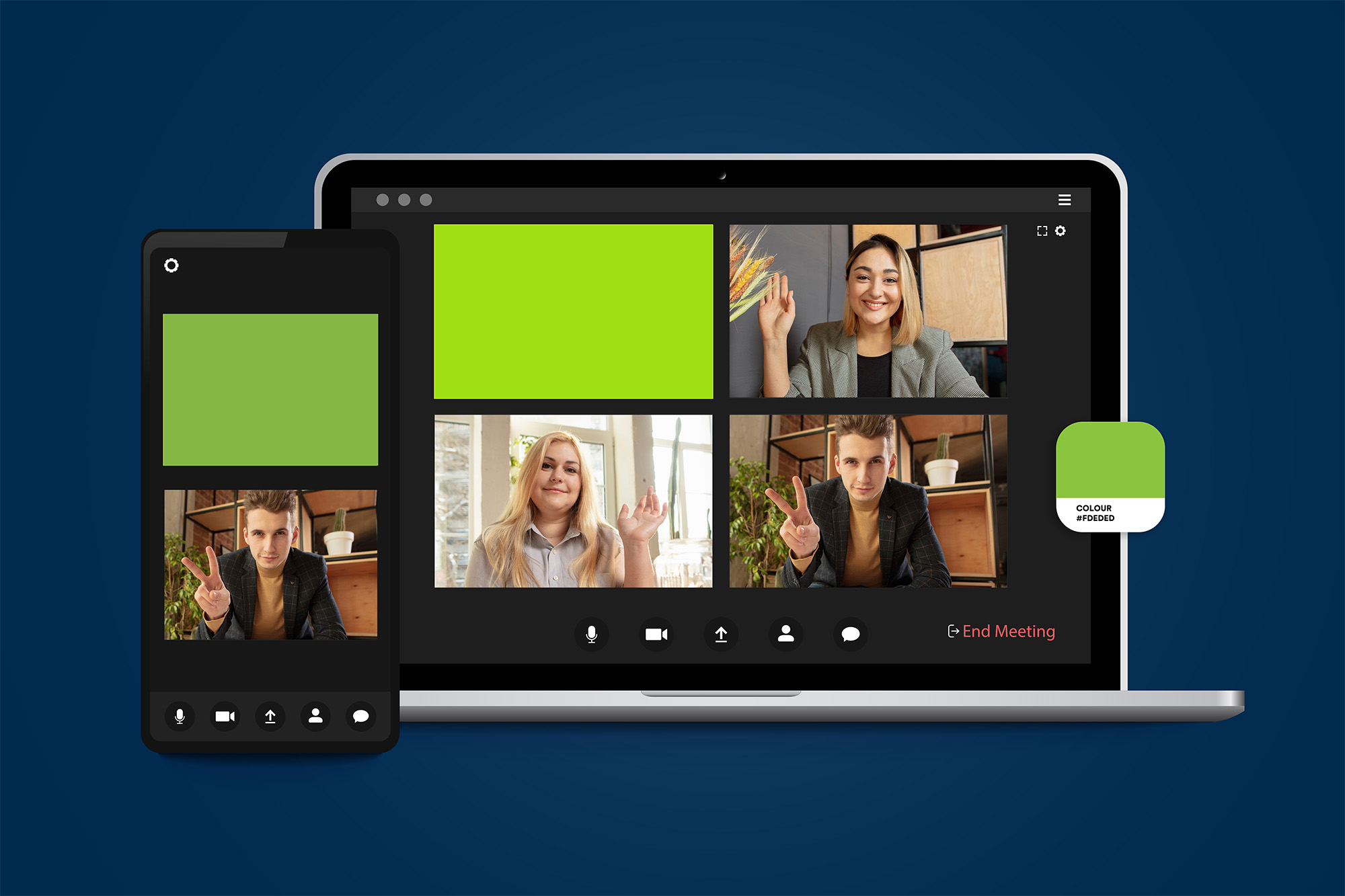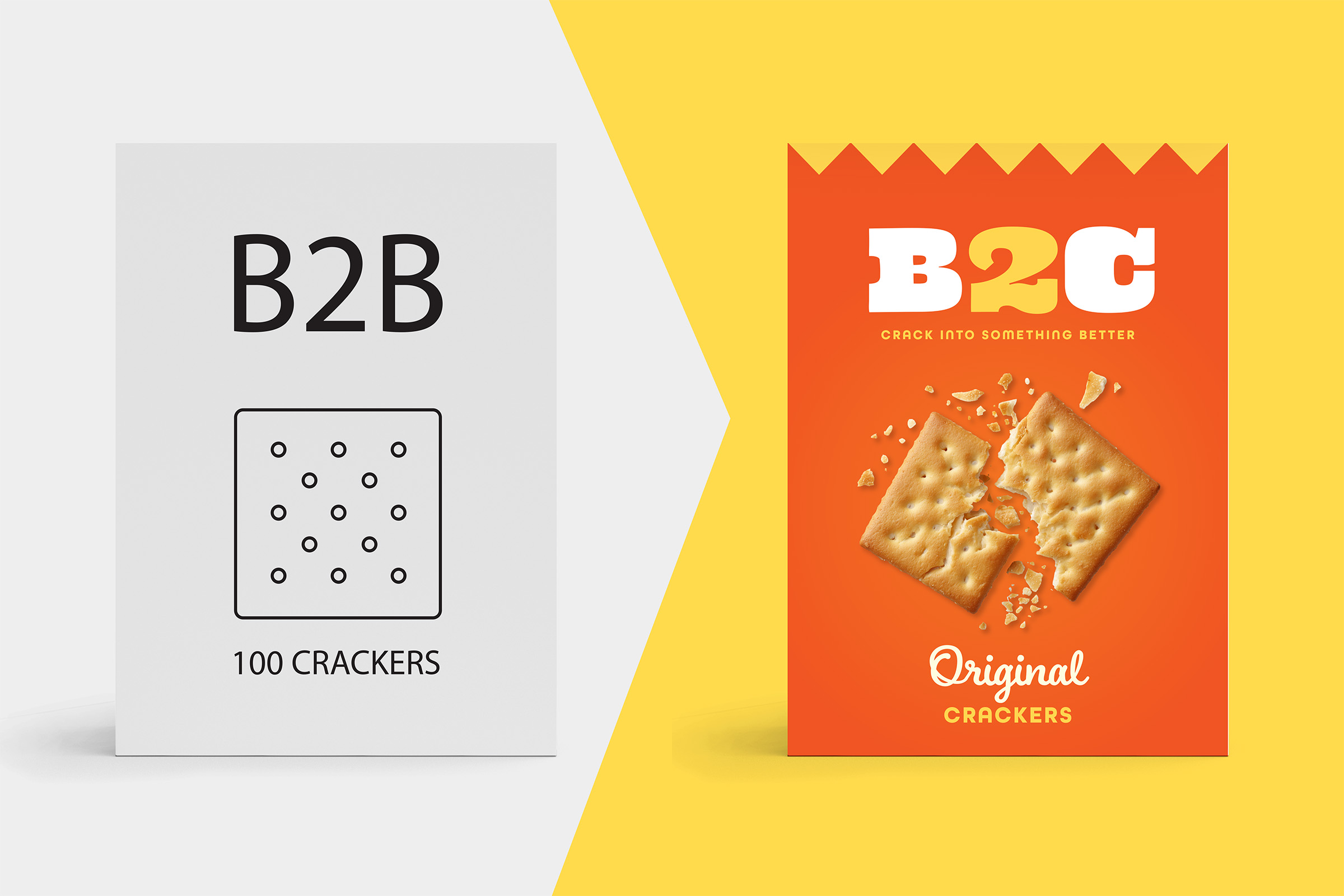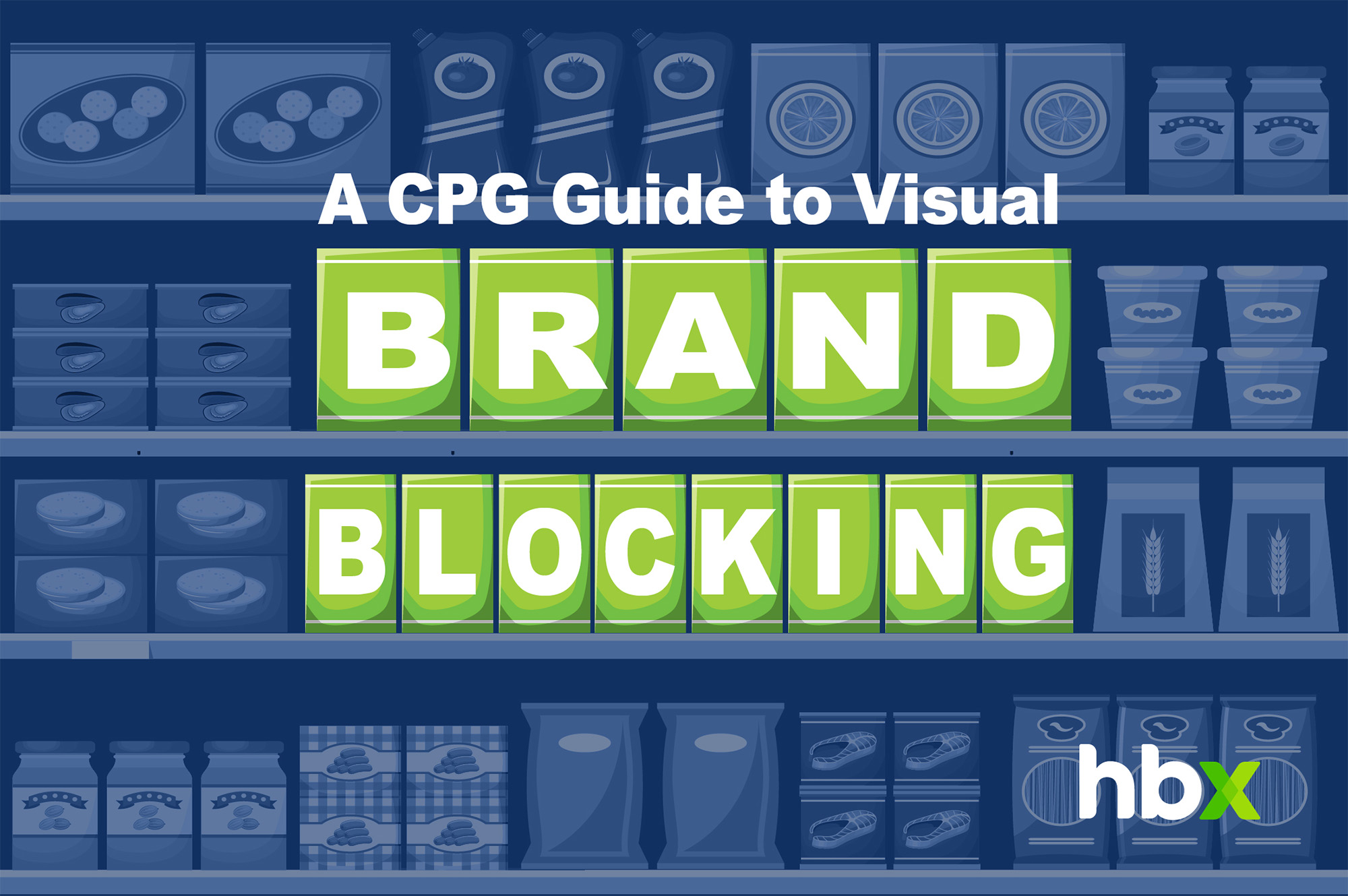
Understanding these symbols on product packaging is key to making informed, eco-friendly choices. However, they often can be confusing or misleading without proper context. By learning what these symbols mean, consumers can reduce contamination in recycling streams, support responsible brands, and contribute to a more sustainable future.
While there are many recycling and sustainability symbols, I’ve selected 15 of the most common in the United States.

Known as the mobius loop, this is the most widely recognizable symbol that indicates that the packaging is recyclable. Sometimes the symbol contains a percentage to show that the item is also made of recycled materials.

A number surrounded by the universal recycling symbol indicates the 7 different types of plastic resin the product is made from. The symbol may display the abbreviation of the material below the triangle or just display the number inside.
The symbol doesn’t always mean it’s recyclable! It’s meant to categorize plastics to make it easier for municipalities to sort at their recycling facilities.
Here's a breakdown of the codes and their meaning:

The How2Recycle symbol standardizes specific instructions on how to recycle each component of a package, whether it's curbside, at a store drop-off, or if it's not yet recyclable. It aims to reduce confusion and contamination about proper disposal.

These symbols indicates that the packaging is made from corrugated fiberboard and is readily curbside recyclable. Corrugated cardboard is a product made from a renewable resource. It is then collected at the end of its life for recycling to begin that process again. Those same fibers get used again to make another box, which leads to a more sustained resource over time.

Recycled Paperboard Alliance (RPA-100) is a non-profit trade alliance that promotes the use of 100% recycled paperboard. This symbol guarantees that the paperboard is made using only recycled pulp. The RPA-100 also provides information resources by helping companies analyze the benefits of converting to 100% recycled paperboard.

Responsible Forestry Certification demonstrates commitment to making environmentally conscious products and conserving natural resources. Using recycled content helps minimize environmental impacts by reducing extraction of new raw materials and reducing the amount of waste sent to landfills.

TerraCycle is a recycling company that captures, sorts, and processes difficult-to-recycle waste like toys, beauty empties, oral care packaging, and more. This is a free recycling program for consumers to ship or drop off at a collection box. Once sorted by category, the different material types are cleaned and processed into usable forms.

The USDA Certified Biobased Product symbol provides useful information to consumers about the verified amount of renewable biological ingredients contained within a product and / or its packaging. It is third-party certified and monitored by USDA.

Biodegradable Products Institute is a third-party organization that supports a shift to the circular economy by promoting the production, use, and appropriate end of lives for materials and products that compostable in specific biologically active environments. The BPI symbol differentiates compostable products from their non-compostable counterparts.

The Forest Stewardship Council (FSC) certifies products from responsibly managed forests that protect the environment, support communities, and promote economic sustainability. It’s the only system with strict standards on water quality, prohibits old-growth forest harvests, and hazardous chemical use.

Organizations certified to the SFI standards conserve wildlife and water, practice climate-smart forestry, and support relationship building with Indigenous Peoples. The SFI certification system ensures that forest products moving through the supply chain are certified at every stage, from timber operations to logging, sawmills, pulp mills, paper companies, printers and manufacturers.

Rainforest Alliance certification assures your agricultural products are grown and harvested on farms that promote social, economic, and environmental standards for sustainable agriculture. Certification to this standard encompasses ecosystem conservation, wildlife protection, and fair treatment and good working conditions.

The Fair Trade Certification lets consumers know that the products they are buying are being ethically and responsibly produced and managed. The objective is to enable sustainable development for producers through fair trading partnerships and to assure consumers that the Fair Trade products they buy are grown, harvested, manufactured, and traded in ways that improve livelihoods and protect the environment.

The Marine Stewardship Council (MSC) Certification criteria assess fisheries to meet or exceed the minimum standards in the following three areas; sustainability of target fish stock, ecosystem integrity and effective fishery management system. MSC certification assures buyers, retailers and general consumers that wild-capture fisheries conform to the internationally recognized standard for environmental sustainability.

Plastic Neutral Certification by rePurpose Global recognizes companies that offset their plastic use by funding the removal and recycling of an equivalent amount of plastic waste. As a leading Plastic Action Platform, rePurpose unites brands and changemakers to tackle the global plastic crisis.

Design, Branding, Color Management
Have you ever viewed a designer's colors via Zoom a hundred times, only to find out the real printed color looks nothing like what you thought it would. The following are a few steps to make sure this never happens again.
This is the current page
Strategy
If you're current strategy is purely B2B, it may be time to think about taking your offer directly to consumers.
This is the current page
Design, Strategy, Branding
A guide to the what, how, and why of great brand blocking.
This is the current page
Design, Production, Consumer, News
By learning what recycling and sustainability symbols mean, consumers can reduce contamination in recycling streams, support responsible brands, and contribute to a more sustainable future.
This is the current page
Branding, Strategy, Design
While your package is the foundation of your brand, e-comm content allows you to create an enhanced online experience that allows online shoppers to interact with your product.
This is the current page
Operations
Download our Ultimate Packaging Design Prep Checklist and supplementary tools to save time, money, and sanity on your next Packaging Design project.
This is the current page
Design, Strategy, Branding
Color is a powerful branding tool. Choose a palette that reflects your values, resonates with your audience, and stands out from competitors. Stay consistent across touch points to build recognition, trust, and emotional connection.
This is the current page
Design, Strategy, Branding
From strategy to design to activation, this case study offers an in-depth look at the total process of creating the Delve brand from the ground up.
This is the current page
Branding, Strategy
From key callouts and brand stories on packaging to longer-form writing opportunities like emails and websites, this is how to ensure that all copy across your brand presents a harmonious message.
This is the current page
Strategy
Great packaging design isn’t just about creativity—it’s about having a structured process that transforms ideas into impactful solutions. In this article, I’ll walk you through the key phases, from research and ideation to validation and production, showing how a defined approach ensures both strategic alignment and flawless execution in packaging design.
This is the current page
Production
Production proofing is a critical collaboration between brand and creative teams, ensuring packaging prints exactly as intended. In this article, I’ll walk you through the four key proofing phases—from drawdowns to on-site press approval—so you can confidently navigate the process, catch potential errors early, and achieve high-quality, consistent packaging production.
This is the current page
Production
The right printing enhancements can make your packaging stand out and feel more premium. In this article, I’ll cover 10 techniques—like Spot UV, soft-touch coatings, and embossing—that add visual impact and tactile appeal. You’ll learn how these finishes elevate perceived value and create a stronger brand presence.
This is the current page
Design, Strategy, Branding
Have you ever poured months into a packaging or branding initiative, only to see lackluster results and zero ROI? You’re not alone. It’s too easy to fall into the trap of prioritizing aesthetics over strategy, leaving packaging that looks great but fails to communicate, engage, or sell. In this article I’ll lay out a holistic framework—covering Positioning, Core Values, Aesthetics, and Functionality—to ensure your packaging not only turns heads but also drives real business growth.
This is the current page
Design
2024 was another year filled with eye-catching trends – some we loved and some not so much. As we say goodbye to another year and ring in 2025, - we’re looking back at some of the biggest trends of the past year and whether we expect them to continue...
This is the current page
Branding, Strategy
Redesigning a heritage brand is a balancing act—honoring its rich legacy while staying relevant in today’s world. This article dives into practical strategies to help brands evolve thoughtfully, keeping their history alive while connecting with modern consumers.
This is the current page
Strategy
Crafting a stand-out brand strategy is both an art and a science. This article explores five key components—research, purpose, positioning, personality, and messaging—to help your brand resonate, differentiate, and thrive in today’s crowded marketplace. Let’s shine!
This is the current page
Management
At HBX Branding, our collaborative, purpose-driven culture blends creativity, growth, and laughter. This reflection shares my gratitude for a career filled with remarkable colleagues, shared values, and meaningful client relationships. It’s personal, joyful, and deeply fulfilling. From the heart!
This is the current page
Design, Branding
Visual brand equity is the heart of consumer recognition and trust, but how do you define and strengthen it? In this article, we’ll explore what it means, how to assess its impact, and ways to evolve it thoughtfully. Let’s uncover your brand’s potential together!
This is the current page
Production
Understanding the printing technique you’re working with is key to ensuring your packaging shines. In this article, we’ll break down the strengths of Flexo and Digital printing—covering setup, cost, image quality, and versatility—so you can confidently navigate your printing process. Let’s dive in!
This is the current page
Branding
Your brand’s story doesn’t stop at the package—it continues online. In this article, we’ll explore how to maintain a cohesive look and feel across digital channels, leveraging packaging elements, tone of voice, and tailored content to create a seamless consumer experience. Let’s bring your brand to life, from shelf to screen!
This is the current page
Packaging
Barcodes may seem small, but they’re essential to your product’s success. In this article, we’ll explore common pitfalls and best practices for ensuring your barcode scans perfectly every time, from proper sizing to high-contrast colors. Let’s decode the details!
This is the current page
Packaging
Feature-Creep sneaks in when too much is packed into your packaging design, diluting your brand’s core message. In this article, we’ll explore why it happens, its impact on communication, and how to embrace simplicity to keep your message clear. Let’s unpack the essentials!
This is the current page